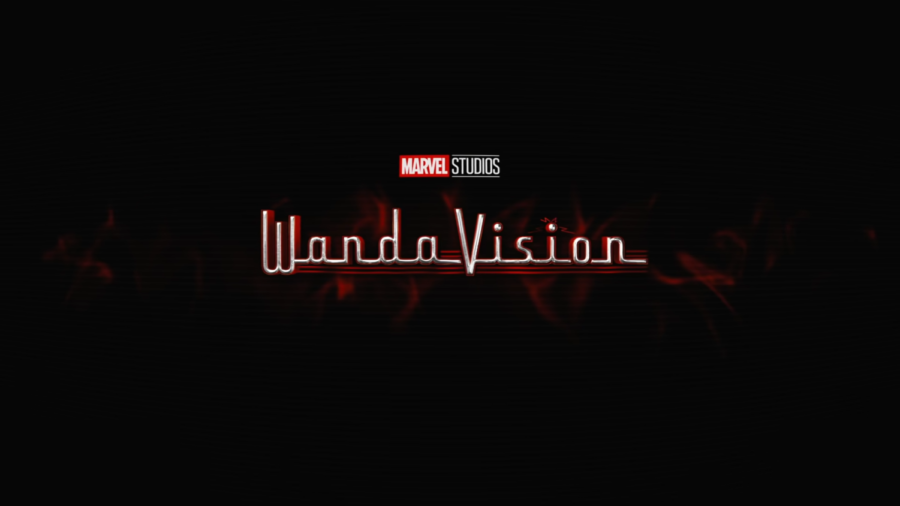- Limelight
- Limelight / Digital
- Limelight / Events
- Limelight / Visual Media
- Limelight / Visual Media / Books
- Limelight / Visual Media / Tv
‘WandaVision’ season one in review
March 8, 2021
Editor’s Note: This article contains spoilers for “WandaVision.”
Marvel’s latest television series “WandaVision” ended last weekend, giving Marvel Cinematic Universe (MCU) fans a lot to look forward to in future installments of the beloved superhero movie franchise.
Now that the dust has settled on the Hex and all the citizens of Westview are back to their seminormal lives, it is time to talk about the show as a whole.
For at least the first three episodes, many were wondering what exactly the show would be about. The first trio of episodes took inspiration from classic sitcoms like “I Love Lucy,” “The Dick Van Dyke Show” and “The Brady Bunch.”
Excluding the subtle clues and occasional weird occurrence or out-of-place interactions, fans widely had no idea what the show was leading to. Sure, the concept was fun, but no one could make heads or tails about the show until the fourth episode.
In episode four, the show began to pick up, similar to a second act of a film. The second act of the show expanded the camera’s focus more toward the real world and explained what was happening during the first three episodes.
It was here people noticed all the “House of M” references and started coming up with different theories as to where the show will go and how it will end. Week after week, theories about Mephisto, Doctor Strange, Vision’s body, The Multiverse, Agatha Harkness, Nightmare and Evan Peters’ Quicksilver sprung up from every direction.
With all the theories out there, people needed more answers than the average 40-minute episode could offer. Waiting a week for more tidbits of information after the exposition dump in episode four was near agonizing.
It got so bad that people began to hate seeing the “please stand by” message displayed at the end of each episode. In classic MCU fashion, the show did have post-credit scenes, but they only proved to be additional cliffhangers, making the weeklong wait even more excruciating.
Vision actor Paul Bettany seemingly confirmed that at least one or a few theories might be true when he said there will be a big cameo at the end of the season. Bettany told Esquire that the cameo will be with an actor he “longed to work with” all of his life. Fans predictably lost their minds and people began to aspire to one theory or another to see what one was right.
In the episodes following the comment, the illusion of Westview or “The Hex” began to fall apart for Wanda and Vision. They both looked for answers while the greater MCU authorities of S.W.O.R.D. on the outside concocted their plans to penetrate the Hex and apprehend Wanda.
Among the outsiders was Monica Rambeau, a S.W.O.R.D. agent who has ties to Captain Marvel through her mother. Unlike her fellow S.W.O.R.D. agents, Monica understands the grief that led to Wanda creating the Hex and wants to help her. She entered the Hex one too many times and was gifted with superpowers after having her DNA rewritten by Wanda’s magic.
At the end of episode five, Wanda is asked about her deceased brother “Pietro” or “Quicksilver,” shortly after, the doorbell rings and her brother is at the door. Only this is not the MCU version of Quicksilver played by Aaron Taylor-Johnson, but the FOX “X-Men’s” portrayal of Quicksilver played by Evan Peters.
This reveal riled up the theorists even more, with the popular theory being that Wanda thought of her dead brother and just “plucked” another version of him from the multiverse. The appearance of Peters is revealed to only be a red herring as he was just a normal guy being manipulated by the show’s greater villain.
At the end of episode seven, it was revealed that at least one theory was correct. The “noisy neighbor” character “Agnes” was indeed the comic book witch, “Agatha Harkness.” She technically counts as the main villain, but also appears to be a mentor to Wanda just like in the comics.
Episode eight reveals the events leading up to Wanda creating the Hex and gives more context to her backstory. Just before the series finale, Bettany went on “Good Morning America” to renege on his earlier comments by saying the big cameo was really just another version of himself as Vision.
The series finale was more of what one would expect from a Marvel movie — action, quips and a big CGI fight. Mixed in was a lot of psychological gymnastics as the “villain” Agnes shows Wanda the harm she has been causing the people of Westview. One cool witch battle later, Wanda frees the citizens of Westview and comes to terms with her grief by letting Vision and her Hex family go. Doctor Strange was mentioned, but no cameo from Benedict Cumberbatch graced the screen.
In a post-credit scene, Monica is told by a Skrull to meet with who is most likely Nick Fury, and that the meeting will be held in space. In the second post-credit scene, Wanda is observed living in a cabin drinking tea while simultaneously astral projecting herself reading the MCU “Book of the Damned” or “The Darkhold.”
The writers of the MCU movies know exactly what stories they adapt from the comics and completely understand the “theory culture” of viewers today. If they produced a panel-for-panel adaptation, the content would be predictable and therefore uninteresting. It’s fun to throw the audience a bone here and there, but the audiences are more active now and “WandaVision” fans are a perfect example of that.
“WandaVision” is a great romantic comedy and a very powerful story of a woman dealing with an insurmountable level of grief that has built up her entire life. Just because one theory didn’t prove true in “WandaVision” doesn’t mean it won’t show up in “Spider-Man: No Way Home” or “Doctor Strange in the Multiverse of Madness.” These are the two upcoming MCU films Elizabeth Olsen’s Wanda Maximoff will make appearances in.
Final verdict: 7.5/10







